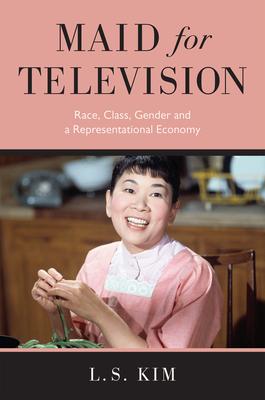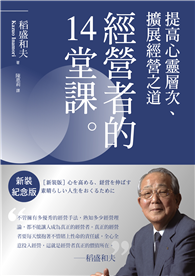Maid for Television examines race, class, and gender relations as embodied in a long history of television servants from 1950 to the turn of the millennium. Although they reside at the visual peripheries, these figures are integral to the idealized American family. Author L. S. Kim redirects viewers’ gaze towards the usually overlooked interface between characters, which is drawn through race, class, and gender positioning. Maid for Television tells the stories of servants and the families they work for, in so doing it investigates how Americans have dealt with difference through television as a medium and a mediator.The book philosophically redirects the gaze of television and its projection of racial discourse.
| FindBook |
|
有 1 項符合
maid for television: race, class, gender, and a representational economy的圖書 |
 |
$ 2277 | Maid for Television: Race, Class, Gender, and a Representational Economy
作者:Kim 出版社:Rutgers University Press 出版日期:2023-08-11 語言:英文 規格:平裝 / 206頁 / 普通級/ 初版  看圖書介紹 看圖書介紹
|
|
|
圖書介紹 - 資料來源:博客來 評分:
圖書名稱:Maid for Television: Race, Class, Gender, and a Representational Economy
內容簡介
作者簡介
L.S. Kim is an associate professor in the Department of Film and Digital Media at the University of California, Santa Cruz. She has written about race, class, gender, and genre for The Routledge Companion to Asian American Media, The Sage Handbook of Television Studies, Flow TV, Journal of Film and Video, Anti-Feminisms in Media Culture, and Ms. Magazine. She serves on the Ms. Committee of Scholars, and has served on the American Film Institute Awards Jury.
|











